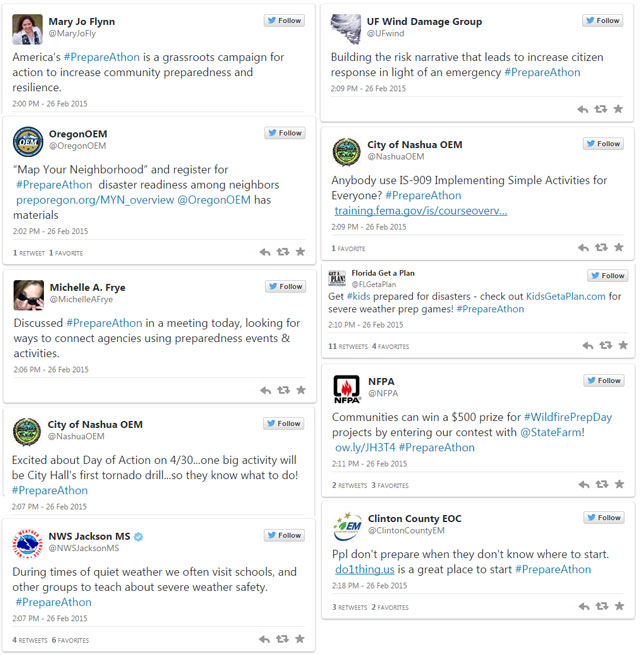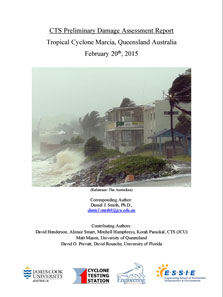StEER is pleased to release its PVAT report on the 2018 Haiti Earthquake:
Download link: http://bit.ly/StEER-V2
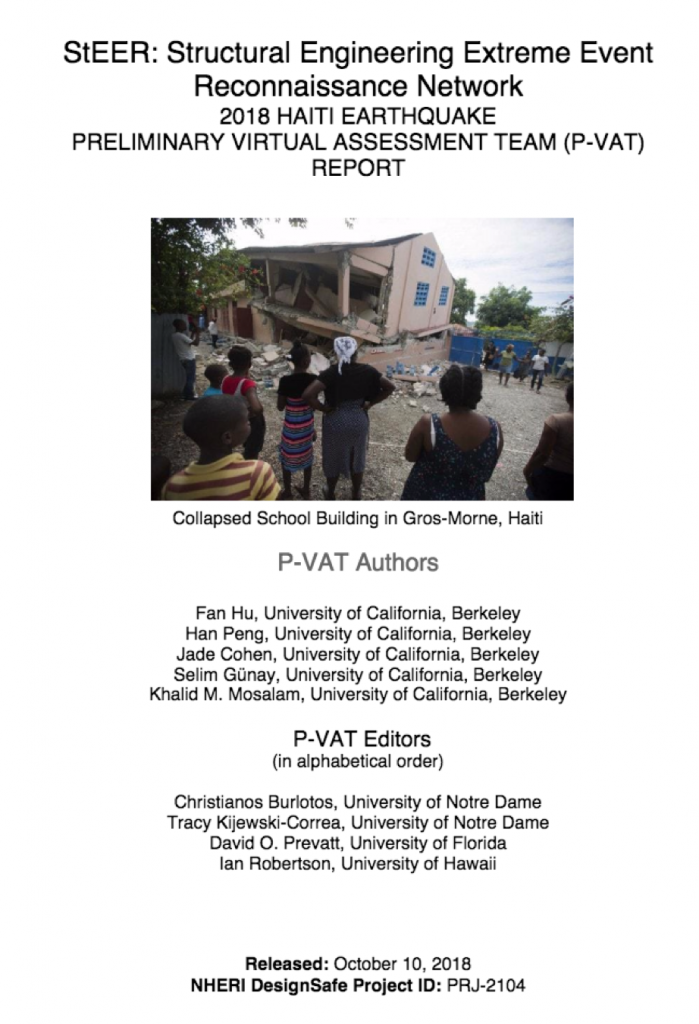
On October 6, 2018, at 8:12 pm local time, a magnitude 5.9 earthquake, with a depth of 11.7 km, struck 19 km northwest of Port-de-Paix, Haiti. The earthquake damaged structures, killed at least 17 people, and injured 333 people at the time this report was authored. Shaking was felt as far away as Port-au-Prince, 219 km away from the epicenter. There were several aftershocks following the earthquake, including one with magnitude of 5.2.
The earthquake caused part of a hospital to collapse in Gros-Morne, damaged the façade of the Paroisse Saint Michel Archange de Plaisance church in Plaisance, caused a cultural center to collapse in Gros-Morne, damaged a holding cell at the Police Nationale d’Haiti Commissariat de Port-de-Paix in Port-de-Paix (allowing several detainees to escape), caused an auditorium to collapse in Gros-Morne, damaged several classrooms at San Gabriel National School in Gros-Morne, and destroyed houses in the communes of Chansolme, Gros-Morne, Plaisance, and Port-de-Paix as well as on the island of Tortuga. Until now, there are no reported cases of bridge damage or geotechnical failures.
Overall: 7,783 families are in urgent need of assistance, due to the partial or total collapse of their house. Damage is mainly concentrated at Port-de-Paix (Nord-Ouest) and Gros-Morne (Artibonite) with 353 collapsed houses and 7430 severely to lightly damaged houses, including some cracks. Some health and education infrastructure have been damaged. In the department of Artibonite, 42 institutional buildings (schools, churches and other) are either severely or lightly damaged at Gros Morne. Four national and private schools collapsed at Pilate in the Nord department.
The report is being curated in DesignSafe (DOI available shortly): https://www.designsafe-ci.org/
The report is intended for use by those planning potential follow up damage investigations and we hope it will also provide value to the affected communities affected in assessing the damage and current state of infrastructure, as they begin the repair and build process.
About StEER
The National Science Foundation (NSF) awarded a 2-year EAGER grant (CMMI 1841667) to a consortium of universities to form the Structural Extreme Events Reconnaissance (StEER) Network. StEER’s mission is to deepen the structural natural hazards engineering (NHE) community’s capacity for reliable post-event reconnaissance by: (1) promoting community-driven standards, best practices, and training for RAPID field work; (2) coordinating official event responses in collaboration with other stakeholders and reconnaissance groups; and (3) representing structural engineering within the wider extreme events reconnaissance (EER) consortium in geotechnical engineering (GEER) and social sciences (SSEER) to foster greater potentials for truly interdisciplinary reconnaissance. StEER also works closely with the NSF-supported Natural Hazards Engineering Research Infrastructure (NHERI) RAPID facility and cyberinfrastructure Reconnaissance Portal to more effectively leverage these resources to benefit StEER missions.
StEER’s Organizational Structure
StEER’s founding organizational structure includes a governance layer comprised of core leadership with Associate Directors for each of the primary hazards as well as cross-cutting areas of Assessment Technologies and Data Standards, led by the following individuals:
-
Tracy Kijewski-Correa (PI), University of Notre Dame, serves as StEER Director responsible with overseeing the design and operationalization of the network.
-
Khalid Mosalam (co-PI), University of California, Berkeley, serves as StEER Associate Director for Seismic Hazards, leading StEER’s Pacific Regional node and serving as primary liaison to the Earthquake Engineering community.
-
David O. Prevatt (co-PI), University of Florida, serves as StEER Associate Director for Wind Hazards, leading StEER’s Atlantic/Gulf Regional node and serving as primary liaison to the Wind Engineering community.
-
Ian Robertson (co-PI), University of Hawai’i at Manoa, serves as StEER Associate Director for Assessment Technologies, guiding StEER’s development of a robust approach to damage assessment across the hazards.
-
David Roueche (co-PI), Auburn University, serves as StEER Associate Director for Data Standards, ensuring StEER processes deliver reliable and standardized reconnaissance data.
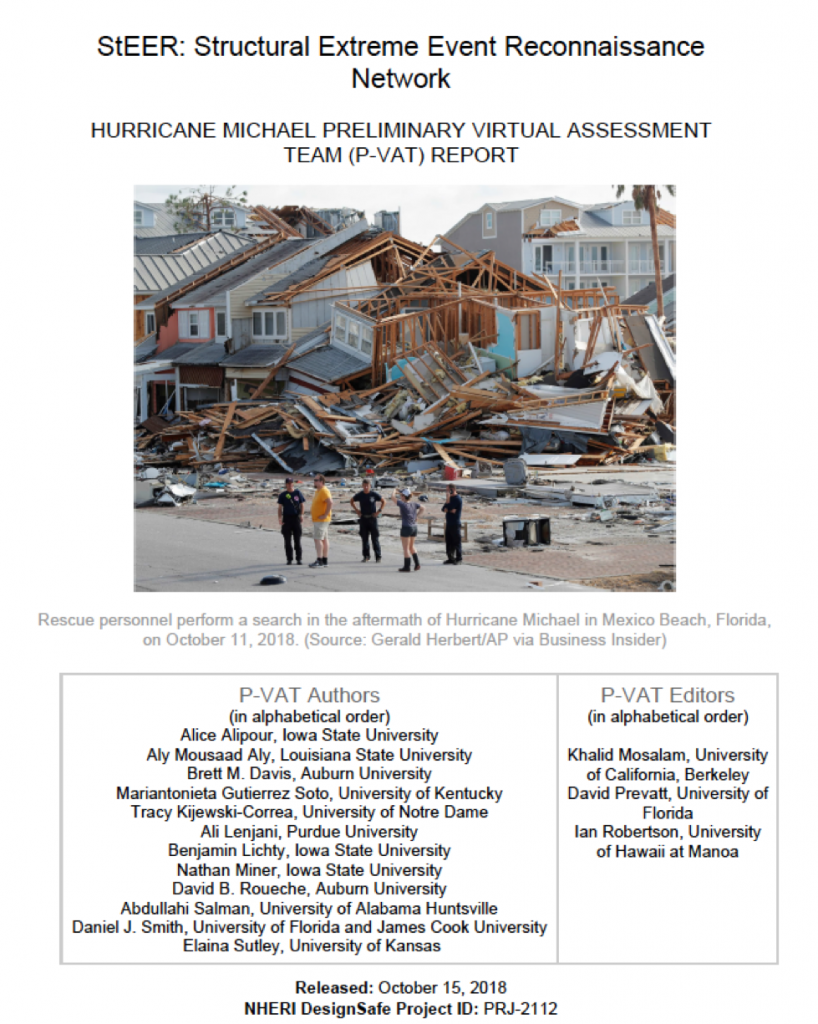 Hurricane Michael made landfall on Wednesday, October 10, 2018 near Mexico Beach, Florida, as a strong Category 4 hurricane. With maximum sustained wind speeds of 155 mph and minimum central pressure of 919 MB, Michael is the fourth most-powerful hurricane to hit the United States in recorded history.
Hurricane Michael made landfall on Wednesday, October 10, 2018 near Mexico Beach, Florida, as a strong Category 4 hurricane. With maximum sustained wind speeds of 155 mph and minimum central pressure of 919 MB, Michael is the fourth most-powerful hurricane to hit the United States in recorded history.










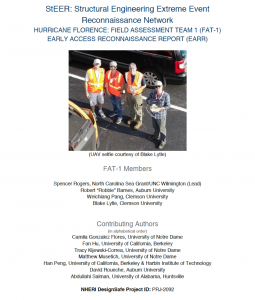
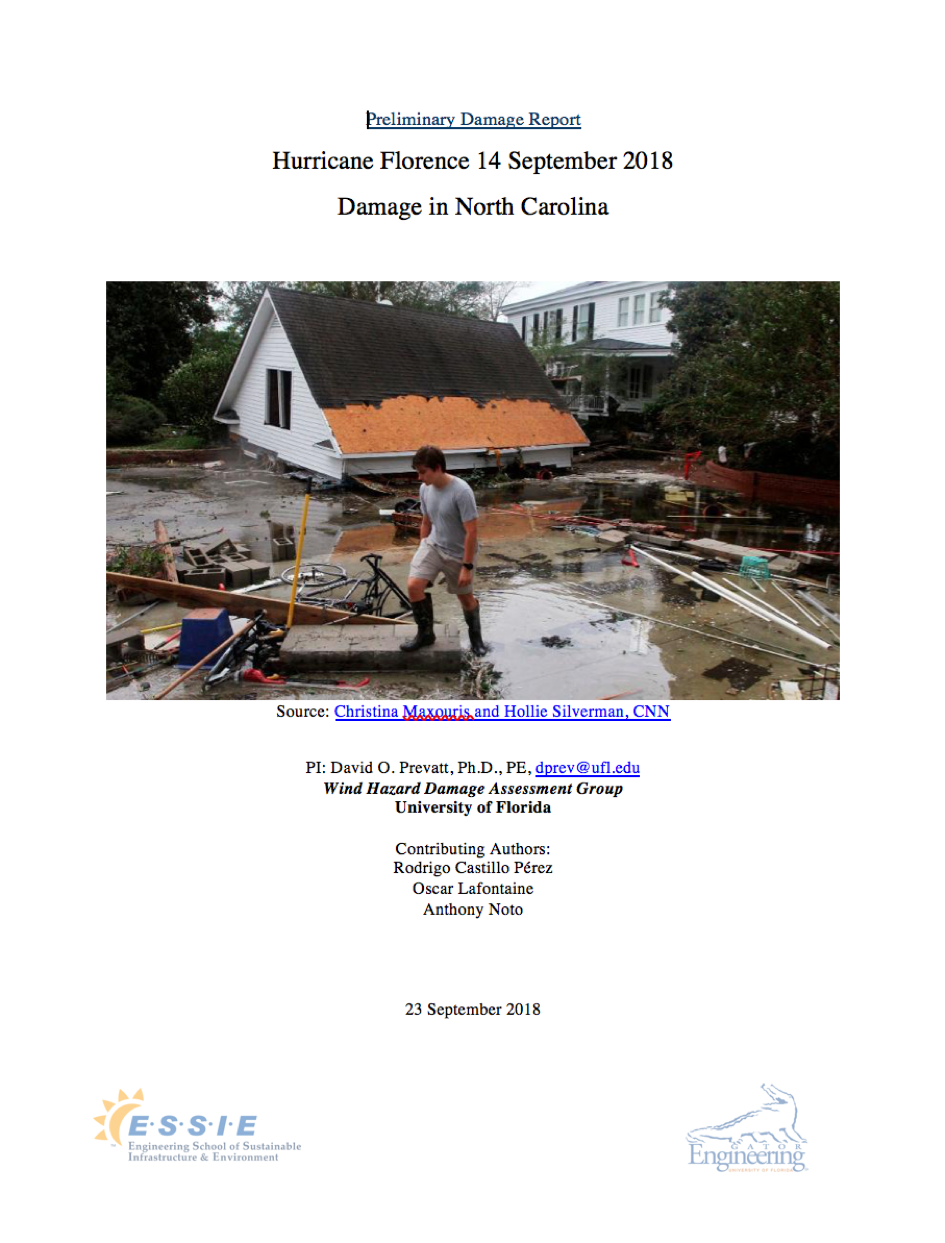
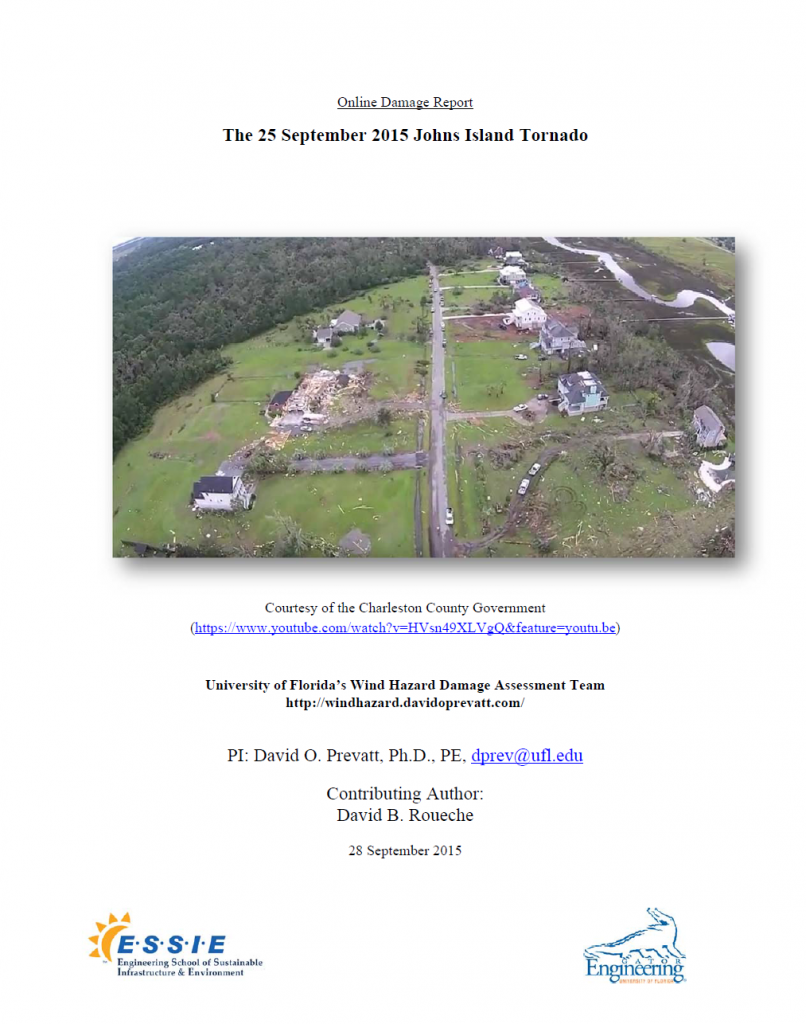
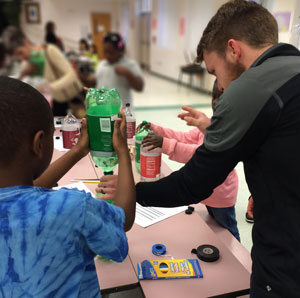 On Thursday last week, Wind Hazard Damage Assessment Group (WHDAG) members,
On Thursday last week, Wind Hazard Damage Assessment Group (WHDAG) members,  Weather-Ready Nation is a community based campaign with the goal of providing citizens with better weather hazard related information for better decision making and preparedness.
Weather-Ready Nation is a community based campaign with the goal of providing citizens with better weather hazard related information for better decision making and preparedness.